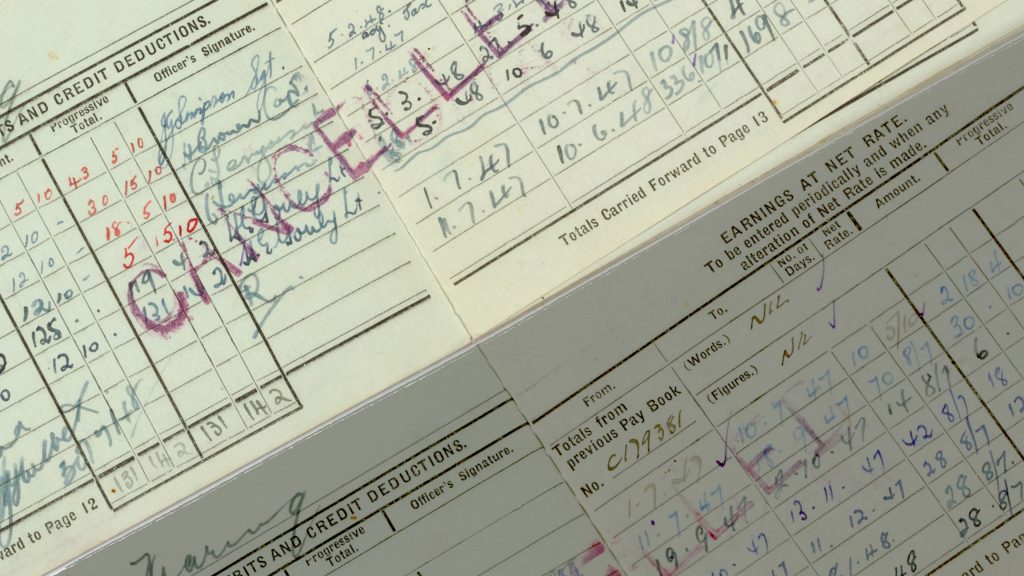
Exposed organs, popping eyeballs, and the lumpy, snaking texture of a brain might not be a sight you’d like to start the day with. However, for those in the medical profession, understanding what goes on under the skin is often essential to providing proper health care. Historically, doctors often used cadavers to provide insights into […]
Read More…

We know Ethel May Snow (née Lynn) (1900-1965) of Glen Innes in northern NSW, preferred to be called May because, in her portrait, she wears a brooch with that name at her throat. In the studio photograph, May is impeccably dressed in the idealised fashion of the 1910s. It was a style that would soon […]
Read More…

The World Wars unfolded as both harrowing battlefields and captivating cultural stages, with one of its greatest conflicts becoming the evolving role and recognition of women as they contributed to Australia’s military effort. During WWI, women’s direct involvement in the military beyond Australian soil was limited to a few thousand nursing roles. While some women […]
Read More…

Standing the test of time, these ceramic bottles have remained in a near-pristine condition for over a hundred years. They tell the story of Narrabri’s famous cordial maker, Septimus Faulkner (1859-1936). In the late 1800s, a young Faulkner arrived in Narrabri to work for Edmund Fuss, a chemist who had turned to cordial making. Under […]
Read More…

All together, it took nine hours. Nine hours spent in the shuddering, claustrophobic hull of a WWI-era submarine. Cautiously travelling beneath an underwater minefield to then torpedo a battleship, only able to return to the safety of the open ocean via the same treacherous stretch of water. What type of person is capable of such […]
Read More…

One imagines the clacking of the typewriter may have been particularly urgent on the 20th of September, 1915. Just a month earlier it had been reported that Lt. Norman Holbrook (1888-1976), the first naval recipient of the Victoria Cross in WWI, had been wounded. The details were vague but Shire Clerk John Taylor must have […]
Read More…

When Norman Victor Reid went to join the AIF at Sydney on 11 February 1915 he was still 11 months short of the minimum age for enlistment (19). So, he took with him a letter from his father giving him permission to join the Army Medical Corps and go to the front. Norman was accepted […]
Read More…

In the nineteenth century, among the traditions migrants brought to NSW was music. This included European band music and as many regional centres established town bands were formed. By the late nineteenth century the village of Eugowra, in the state’s central west, had its own town band. Among its members was Harry Esperance who rose […]
Read More…

Many of Frank Brown’s friends enlisted in WWI, but Frank was deemed medically unfit to serve and remained at home in Albury throughout the war. His best mate Arthur Hewish, known as Les, enlisted as a Lieutenant and was later promoted to Captain in the 3rd Battalion. Les fought at Gallipoli and on the Western […]
Read More…










